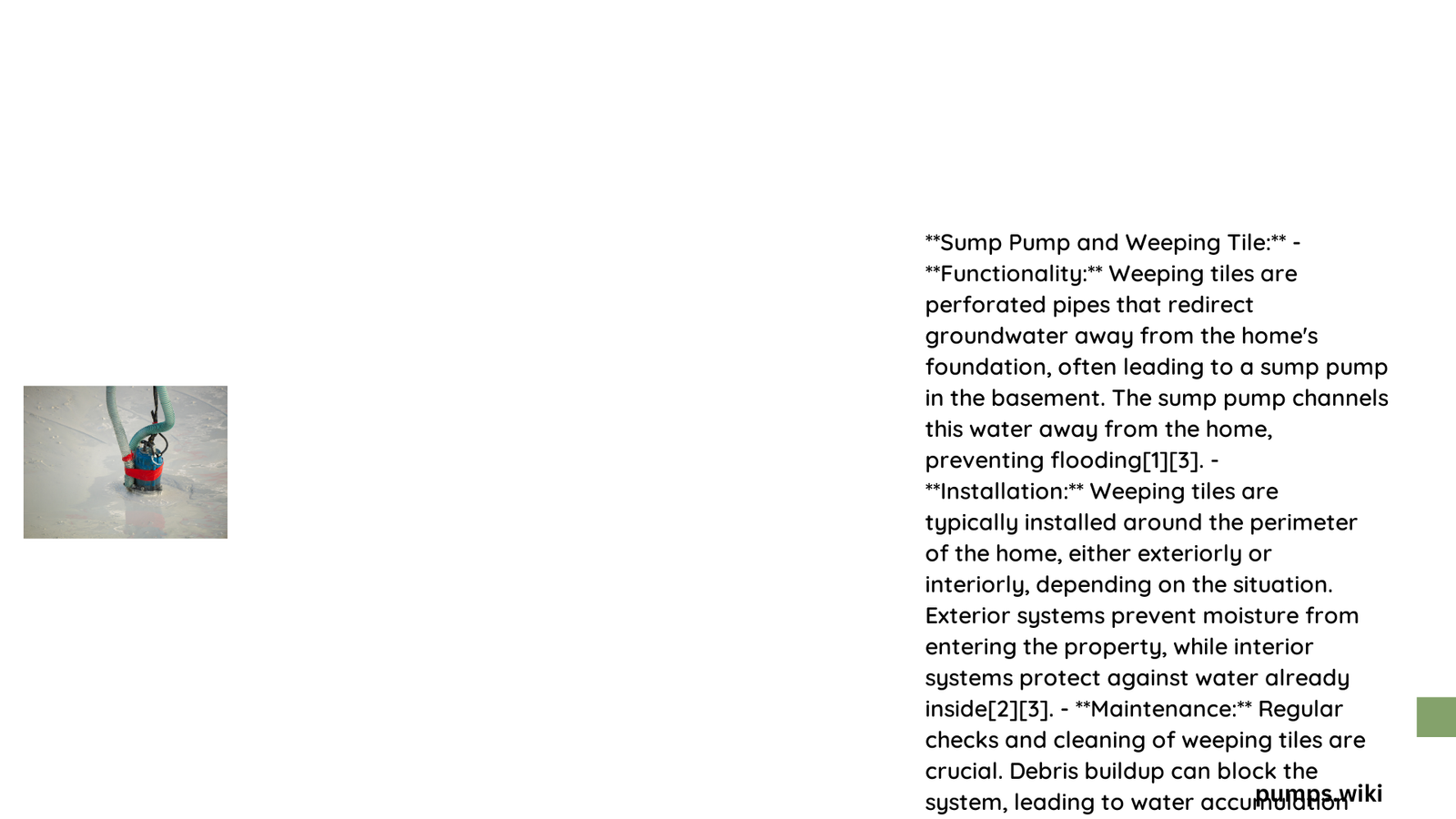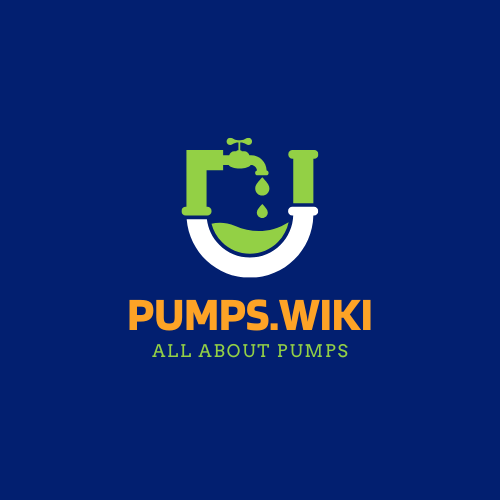Water management in residential foundations is a critical aspect of home maintenance, and the combination of sump pumps and weeping tile systems provides an essential defense against moisture intrusion. Homeowners facing basement flooding, groundwater seepage, or persistent dampness can leverage these interconnected technologies to protect their property’s structural integrity and prevent potential water damage.
What Are Sump Pumps and Weeping Tiles?
A sump pump is a submersible device installed in a basement or crawl space to remove accumulated water, while weeping tiles are perforated drainage pipes designed to redirect groundwater away from a building’s foundation. Together, they form a comprehensive water management solution.
How Do Sump Pumps and Weeping Tiles Work Together?

Water Collection Mechanism
| Component | Function | Key Characteristics |
|---|---|---|
| Weeping Tile | Captures groundwater | Perforated pipe around foundation |
| Sump Pit | Collects accumulated water | Lowest point in basement |
| Sump Pump | Actively removes water | Automatic activation |
Key Benefits of Integration
- Prevents basement flooding
- Reduces moisture-related structural damage
- Mitigates mold and mildew growth
- Protects foundation from water pressure
What Are the Installation Requirements?
Essential Tools and Materials
- Perforated PVC pipe
- Gravel and filter fabric
- Sump pump
- Concrete mix
- Drainage pipes
- Core drill
Step-by-Step Installation Process
- Excavate Foundation Perimeter
- Dig trench around basement
- Ensure proper slope for drainage
-
Minimum depth: 12 inches
-
Prepare Drainage Path
- Install filter fabric
- Place perforated weeping tile
-
Cover with gravel
-
Set Up Sump Pit
- Position at lowest basement point
- Ensure proper connections
- Install pump with check valve
What Maintenance Practices Ensure Optimal Performance?
Regular Inspection Checklist
- ✓ Check pump functionality quarterly
- ✓ Clean sump pit annually
- ✓ Inspect discharge pipes
- ✓ Test backup power systems
- ✓ Verify drainage effectiveness
Common Troubleshooting Techniques
Potential Issues
- Clogged weeping tiles
- Pump motor failure
- Inadequate drainage
- Sediment accumulation
Recommended Solutions
- Professional camera inspection
- Regular cleaning
- Replace worn components
- Upgrade system capacity
What Factors Influence System Effectiveness?
Performance Metrics
- Flow Rate: 20-60 gallons per minute
- Pump Horsepower: 1/3 to 1 HP
- Drainage Area: Customized based on property
Cost Considerations
| System Type | Estimated Cost | Installation Time |
|---|---|---|
| Exterior Full Perimeter | $8,000 – $15,000 | 3-5 days |
| Interior Weeping Tile | $4,000 – $8,000 | 1-3 days |
Professional Recommendations
- Consult certified waterproofing specialists
- Conduct annual professional assessments
- Consider local climate and soil conditions
- Invest in quality components
Conclusion
Effective water management through sump pumps and weeping tiles requires strategic planning, proper installation, and consistent maintenance. Homeowners can protect their property by understanding these systems and implementing proactive strategies.
